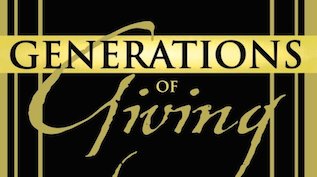Conflict is normal in any family or organization. Yet, many of us avoid conflicts, even if that avoidance affects relationships or how the foundation operates.
In this Content Collection, you’ll learn about the most common conflicts in family philanthropy, the creative “tactics” some boards use to perpetuate the avoidance, and how you can use simple tools to address conflict in a healthy, productive way. Also included are sample code of conduct policies and tips for planning and hosting a productive and inclusive board or family meeting.
Note: for additional insights on managing sensitive issues and crafting better family meeting agendas, see the related Content Collection, Family Meetings: Creating a Culture of Dialogue and Learning.
Avoiding Avoidance: Issue Brief and Webinar
Avoiding Avoidance: Addressing and Managing Conflict in Family Philanthropy
Passages Issue Briefs
Conflict is normal in any family or organization. In this issue of Passages, you’ll learn about the most common conflicts in family philanthropy, the creative “tactics” some boards use to perpetuate the avoidance, and how you can use simple tools to address conflict in a healthy, productive way.
Creating a Safe and Healthy Family Culture: Additional Perspectives
Generations of Giving: Chapter 7 – Family Dynamics
Book Chapter
Chapter 7 of Generations of Giving: Leadership and Continuity in Family Foundations, the landmark 2006 study by a team of researchers led by Kelin Gersick and co-published by the National Center for Family Philanthropy. This Chapter features an in-depth look at the role of family dynamics in multi-generational family foundations.…
Additional Tips and Tools
Fist to Five Voting and Consensus
Sample
Fist to Five is quality voting. It has the elements of consensus built in and can prepare groups to transition into consensus if they wish. Most people are accustomed to the simplicity of “yes” and “no” voting rather than the complex and more community-oriented consensus method of decision making. Fist…




